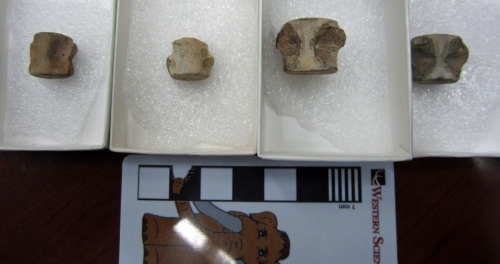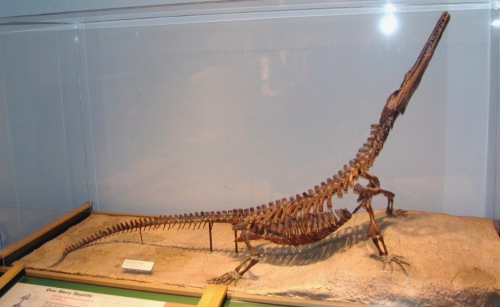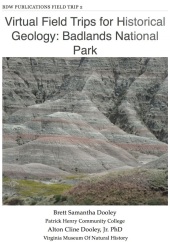
Driven by a surge in volcanic activity and a devastating asteroid impact, the mass extinction 66 million years ago was one of the most cataclysmic events in Earth’s long history. On land and in the sea, vast numbers of animals and plants went extinct. Among the victims were the dinosaurs, except for modern birds; the great marine reptiles; and the ammonites, coil-shelled relatives of squid and octopus. Among the survivors were the ancestors of modern birds, crocodilians, mammals, and other organisms that would shape the ecology of the planet for the next 66 million years.
However, not all the animal groups that survived through the mass extinction would make it to the present day. One such animal is Champsosaurus. Champsosaurus fossils are common in the western United States and Canada, in rocks that date to just before the mass extinction and just after the extinction. Champsosaurus hung on until around 55 million years ago, when it finally went extinct.
These are four Champsosaurus vertebrae from the Hell Creek Formation of Montana, found by the late fossil collector Harley Garbani and donated to the Western Science Center by his wife, Mary Garbani. The two vertebrae on the left are shown in bottom view, and the two vertebrae on the right are in top view. Champsosaurus lived in freshwater and used its long toothy snout to catch fish and other prey. It could grow to around six feet long and was built a little like a small crocodile (example below from the Arizona Museum of Natural History):



